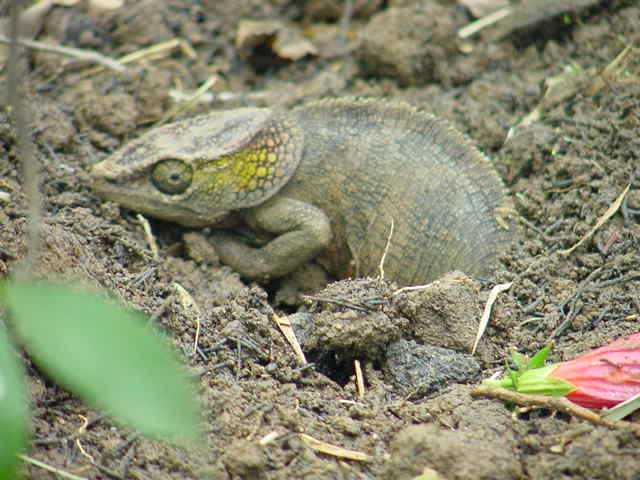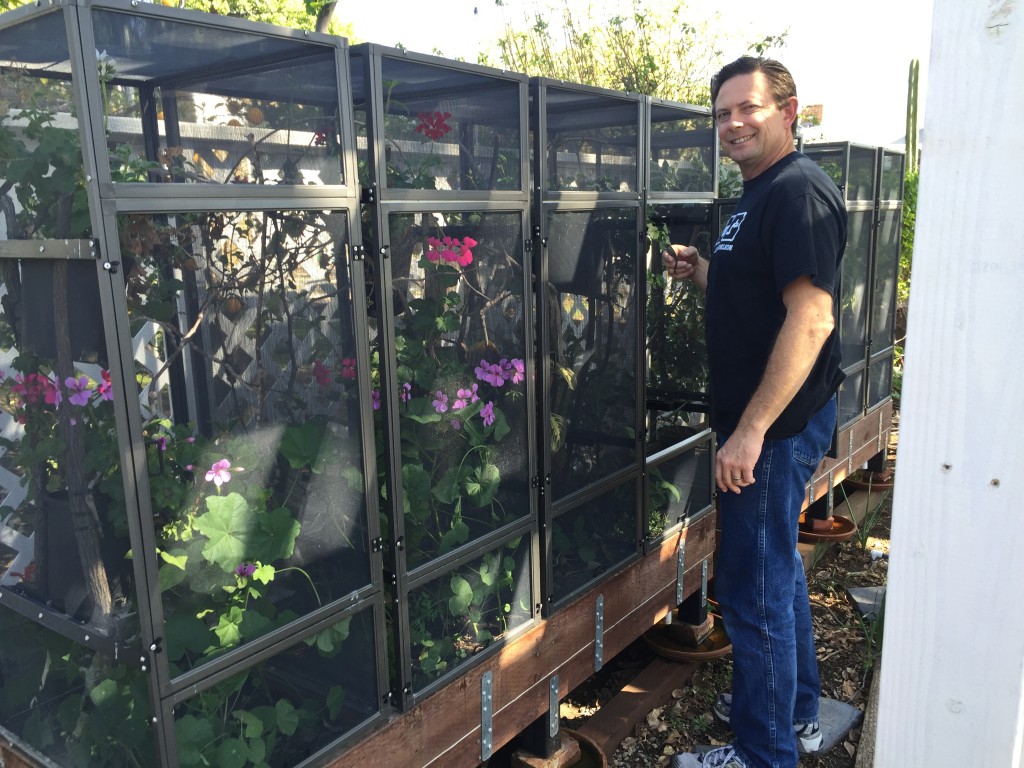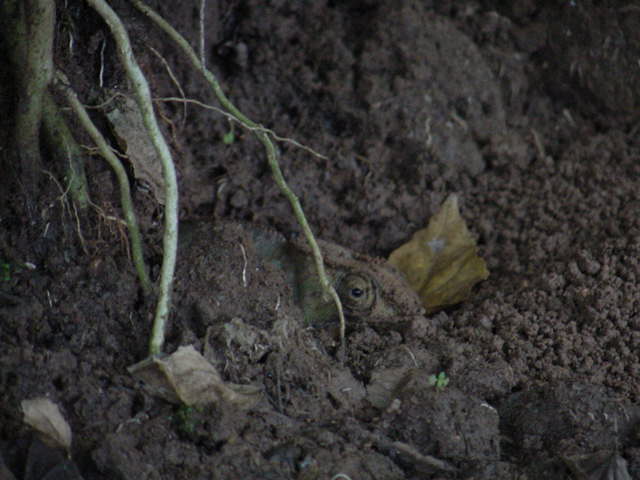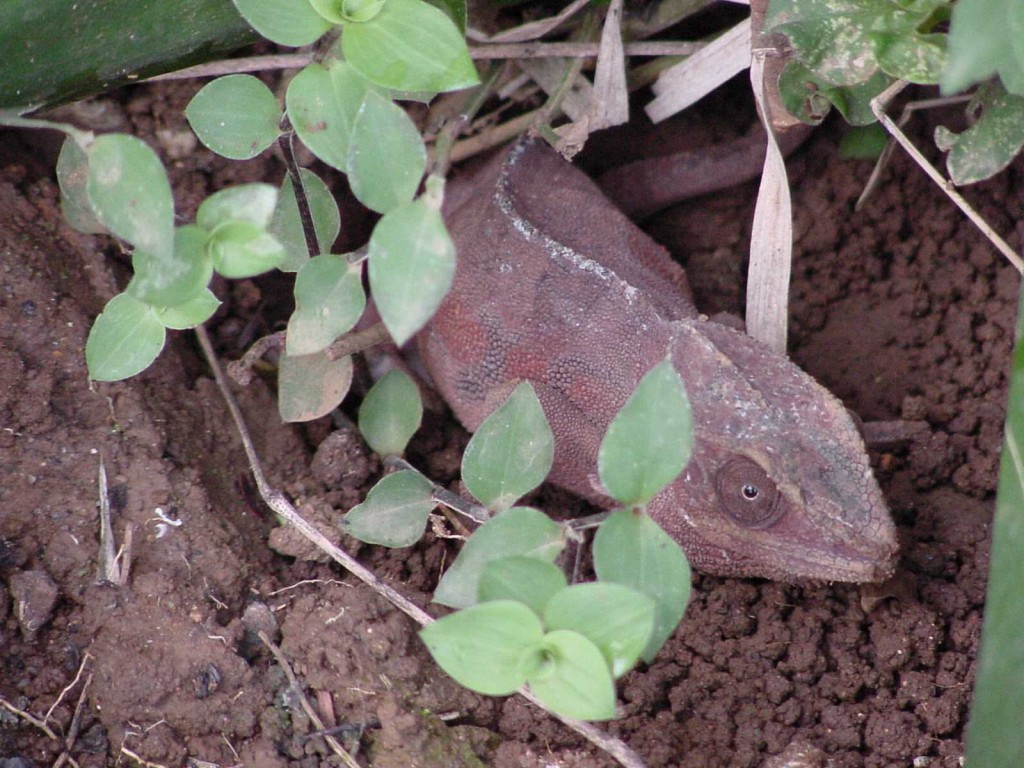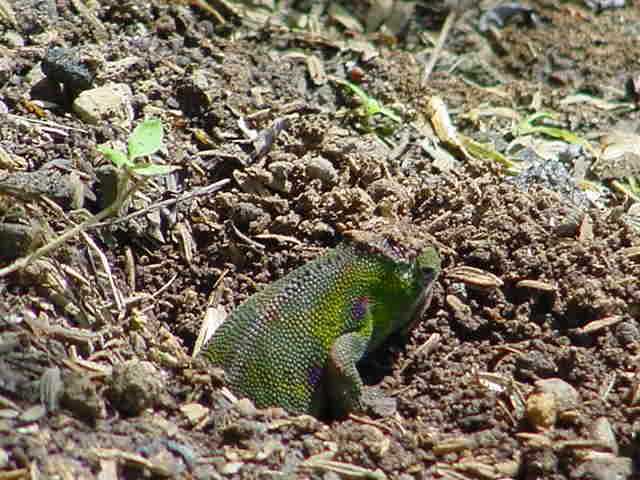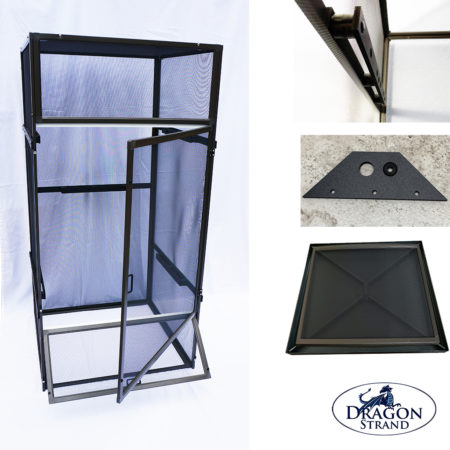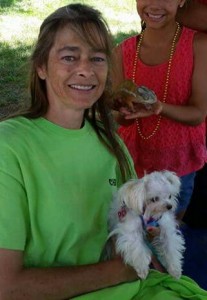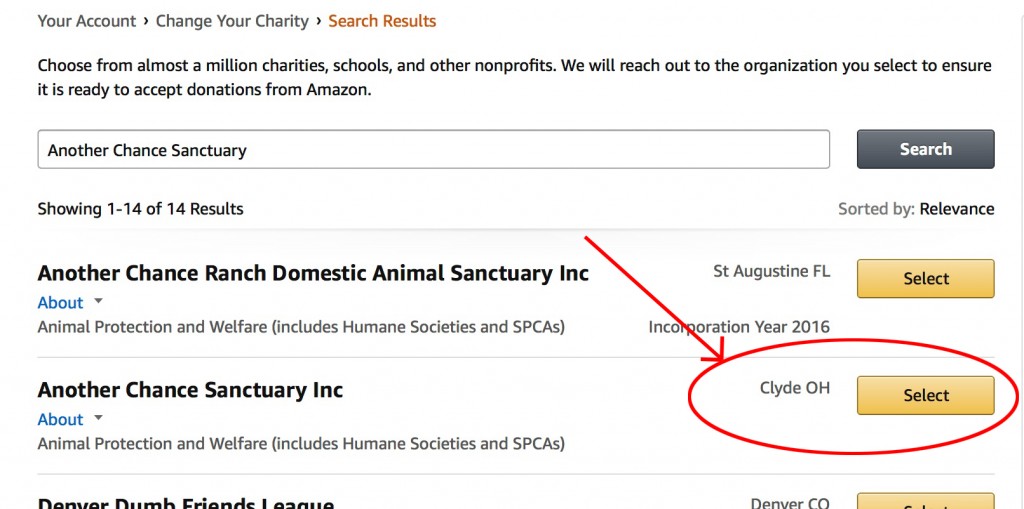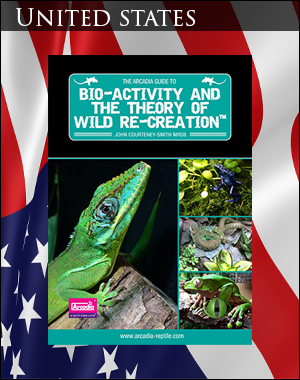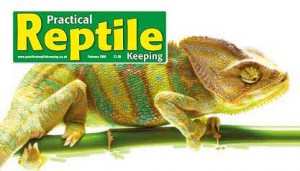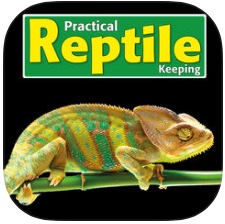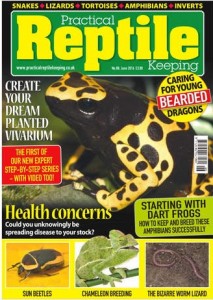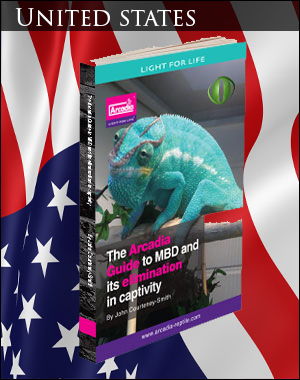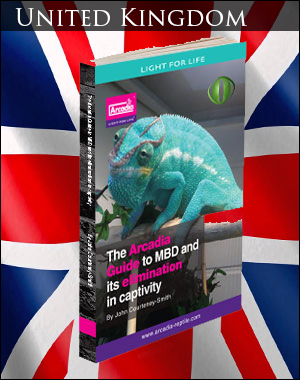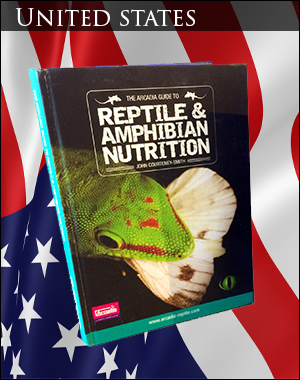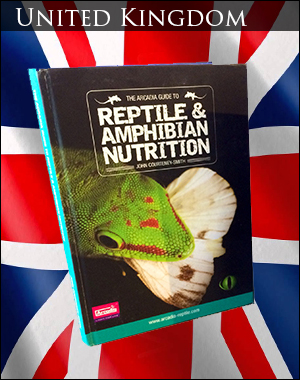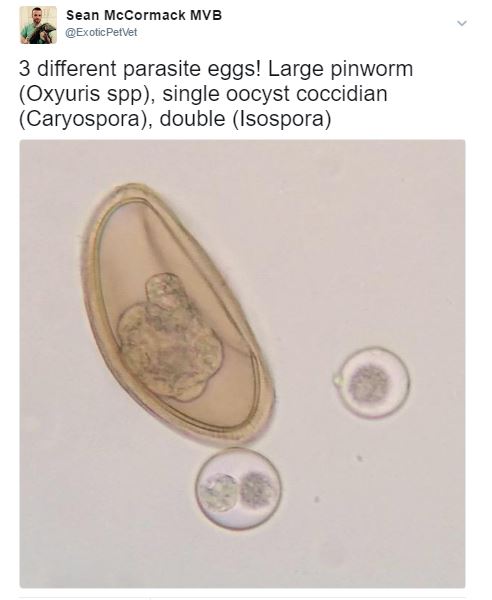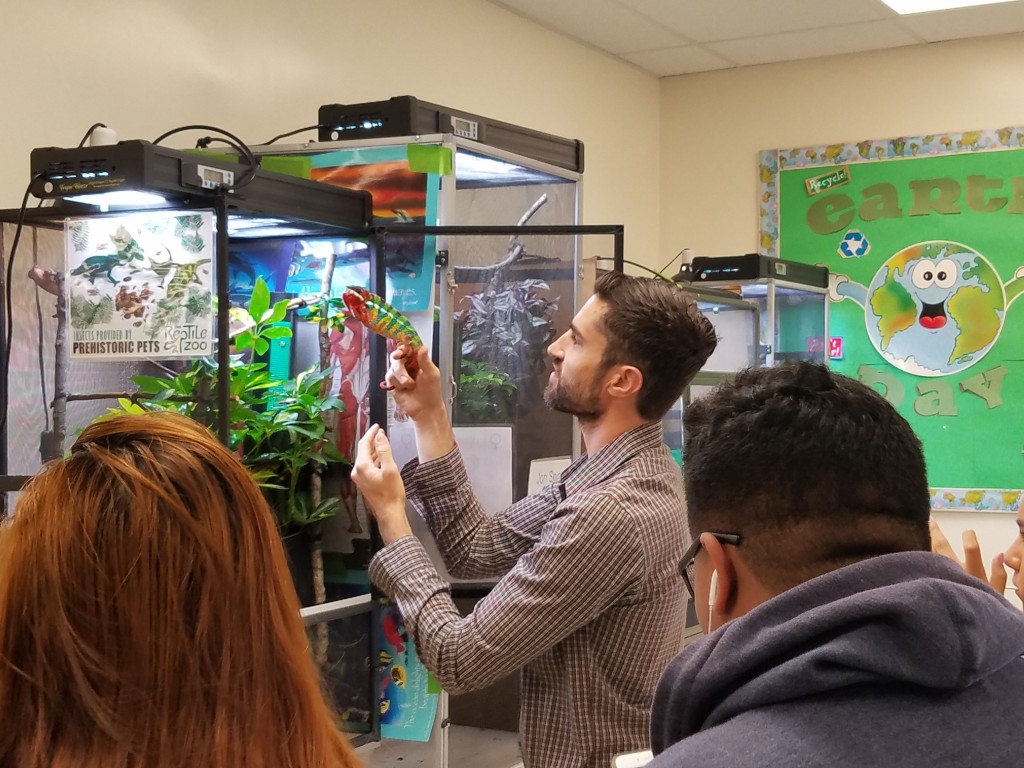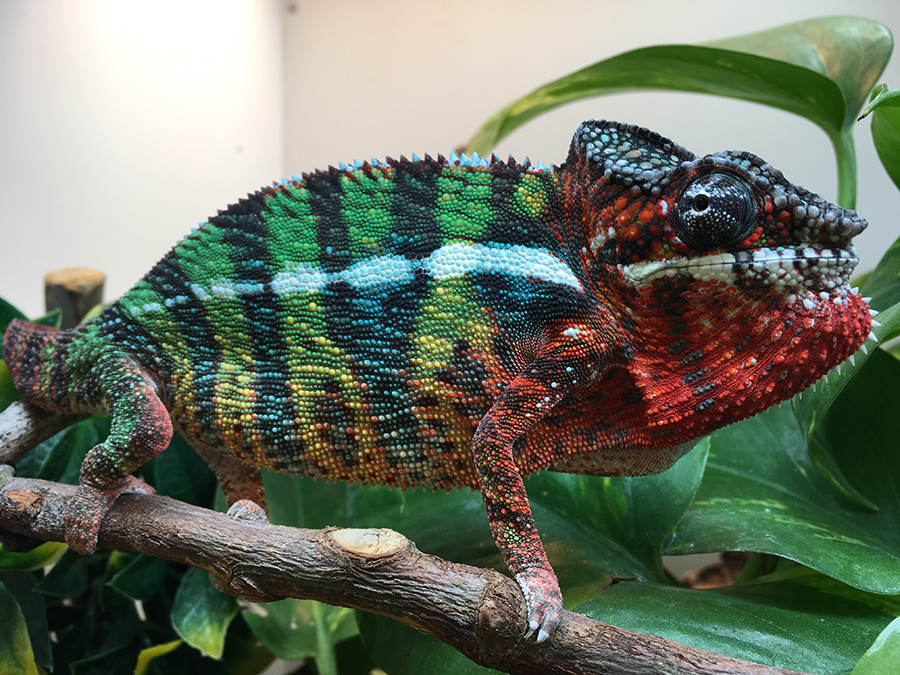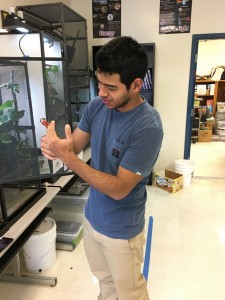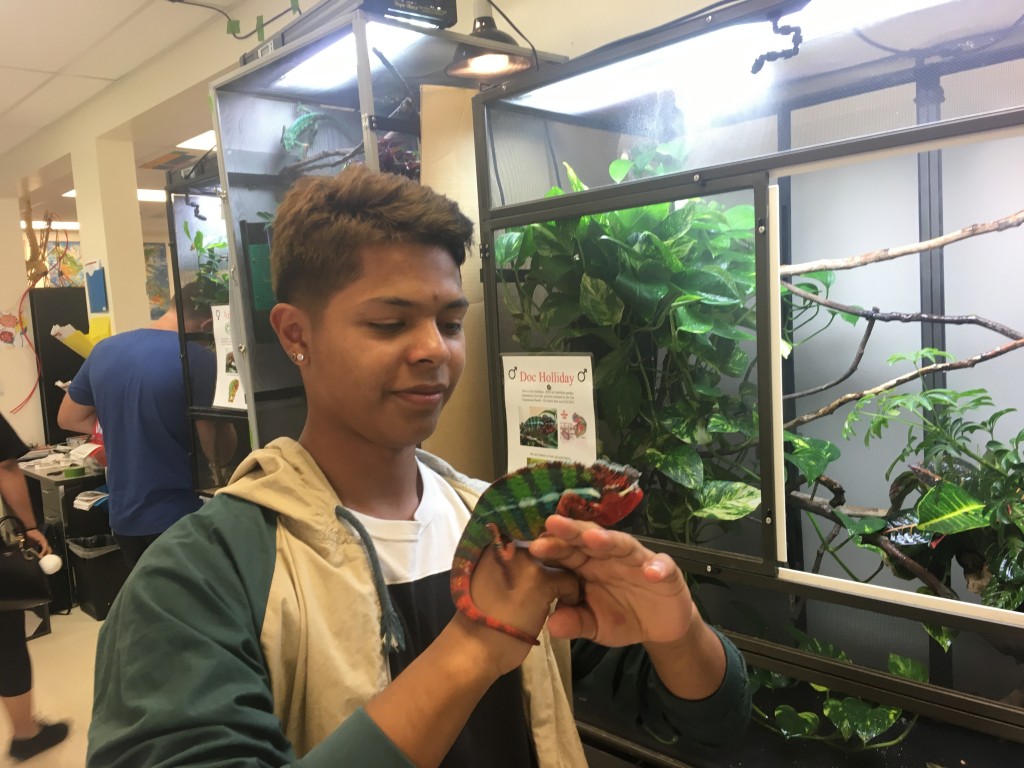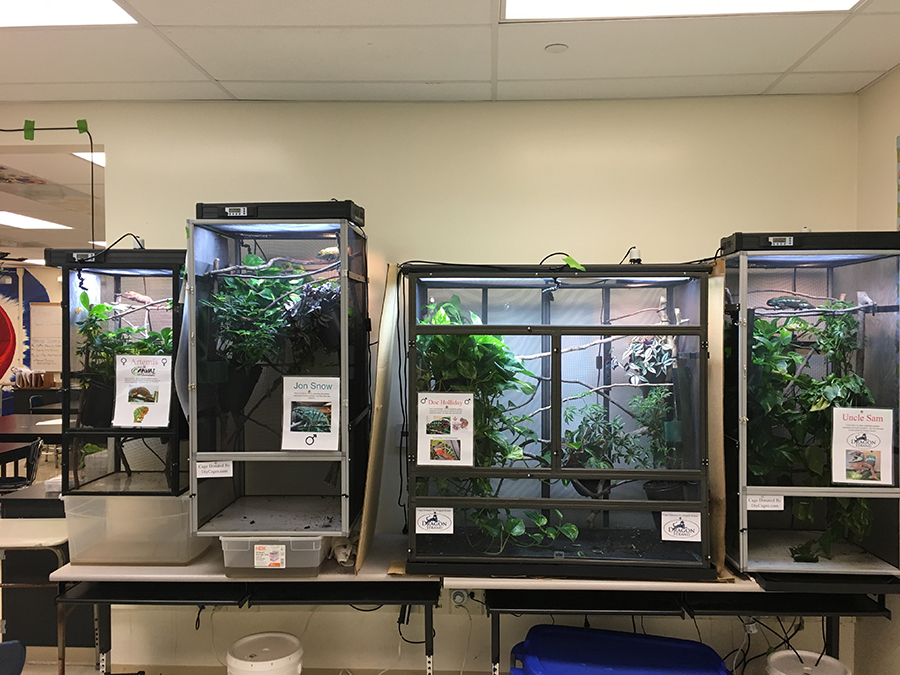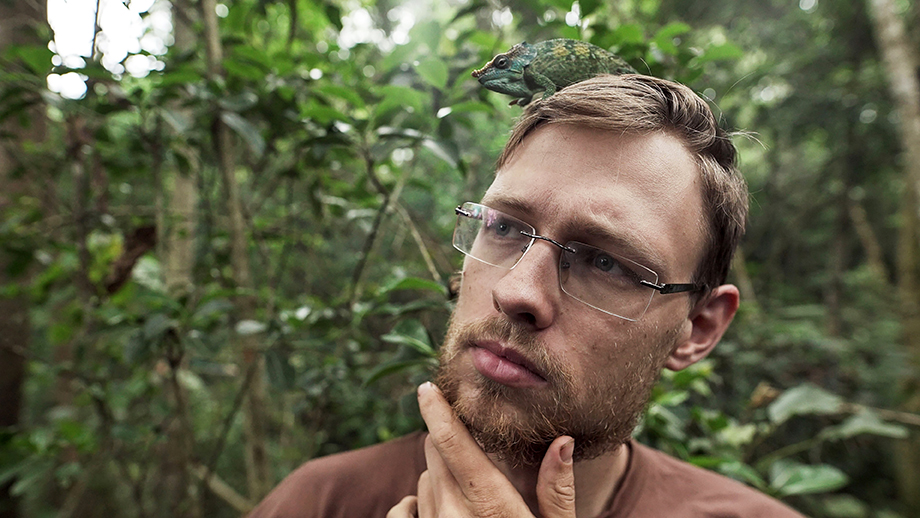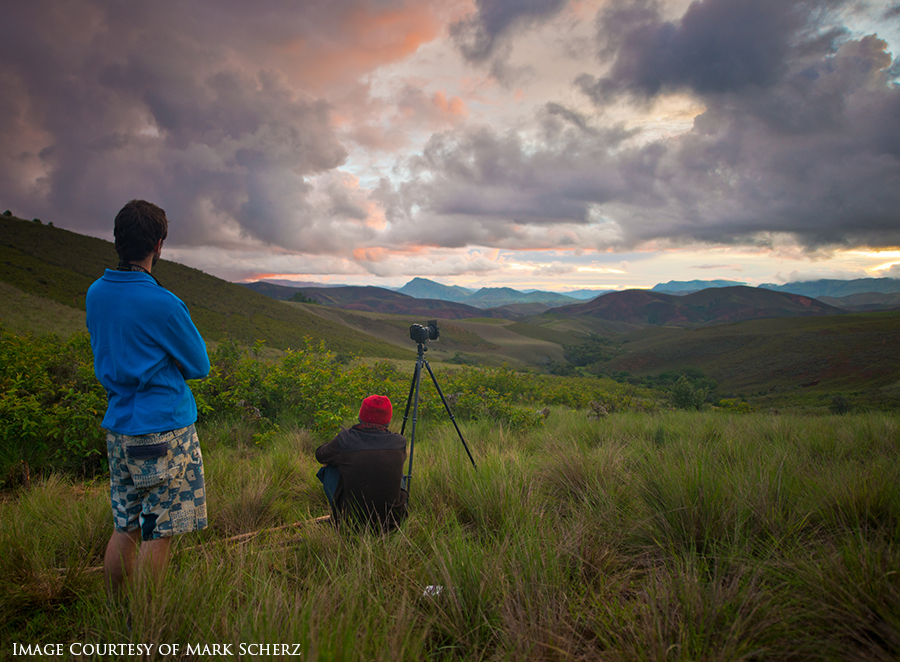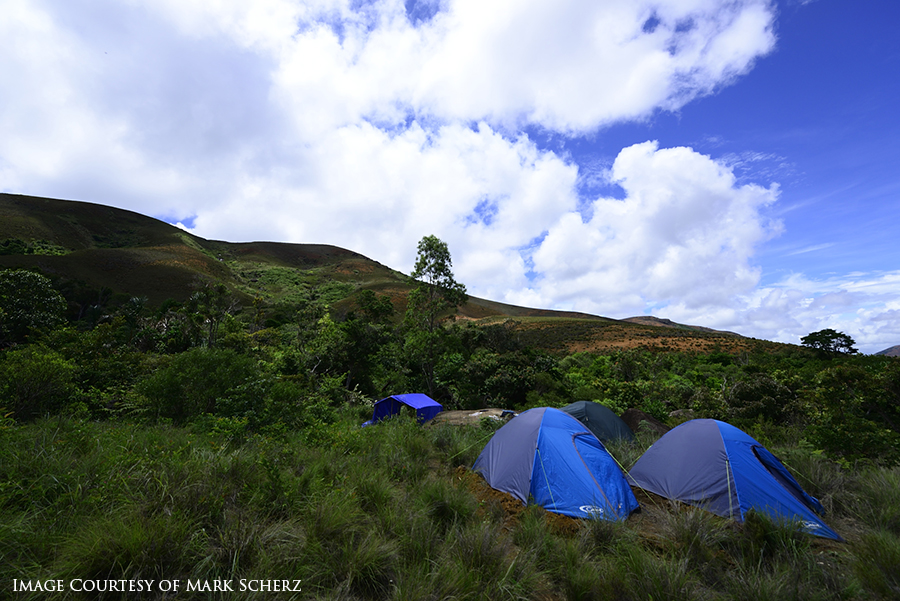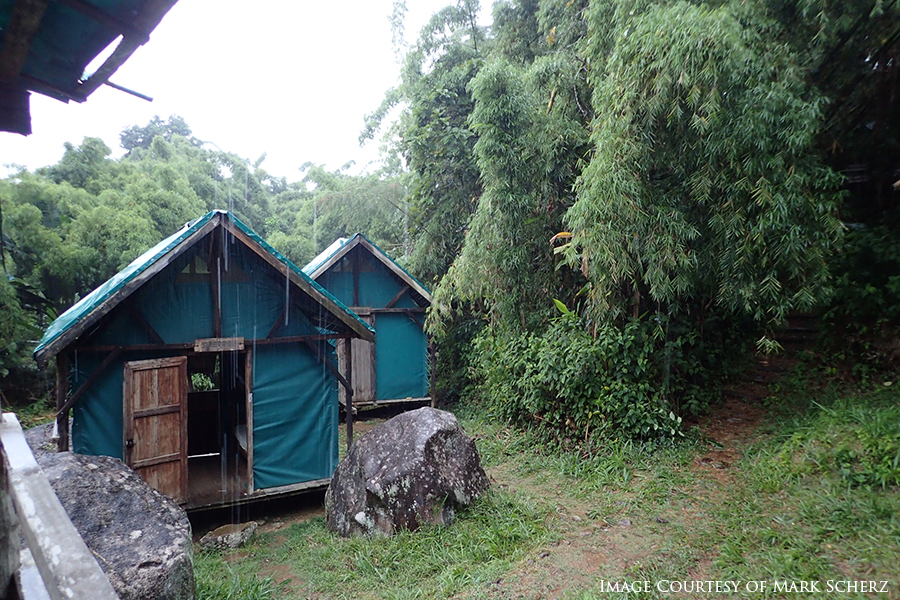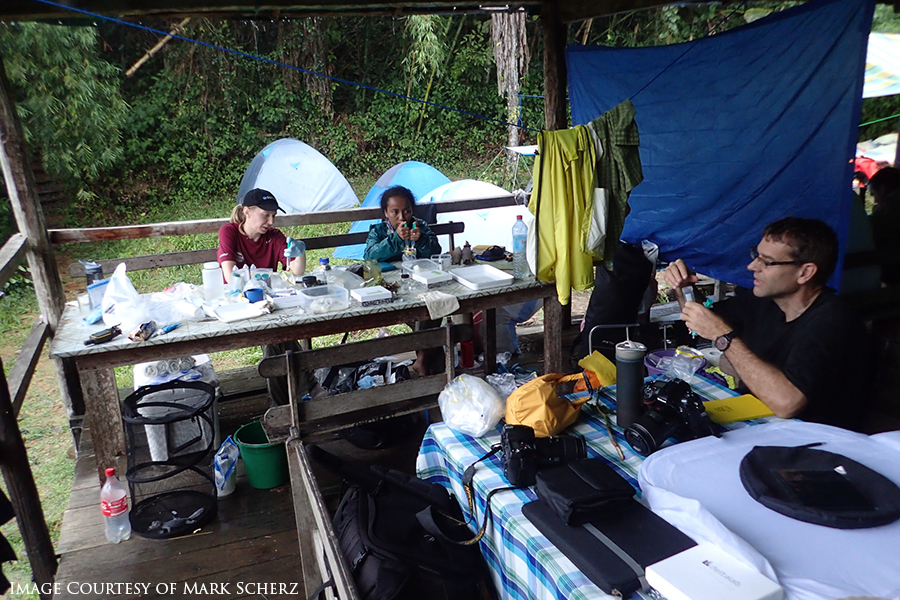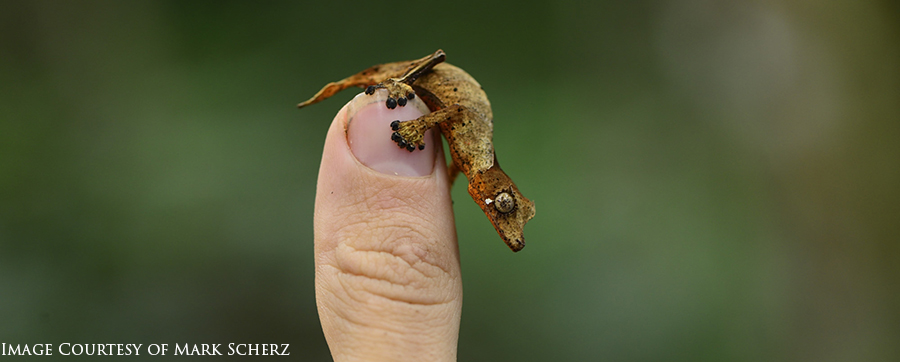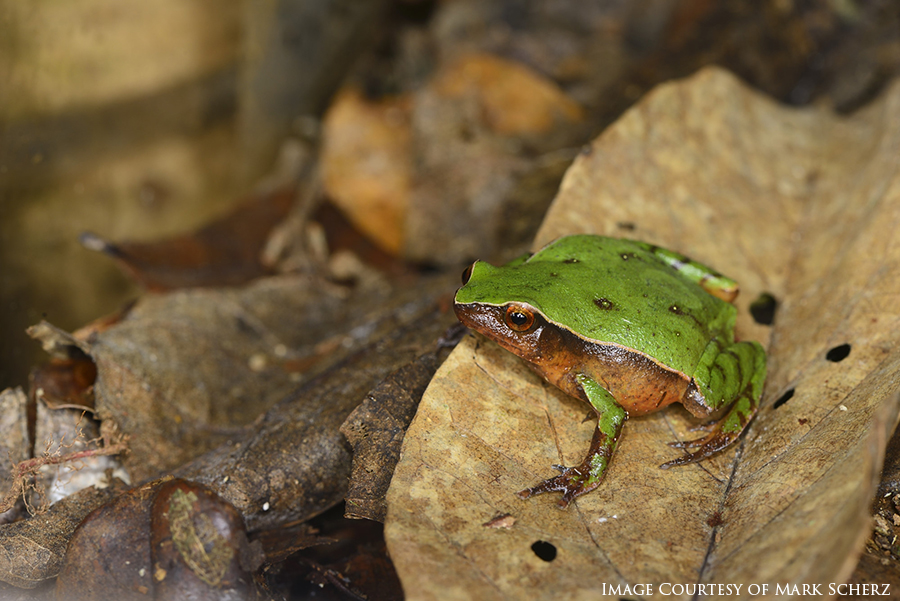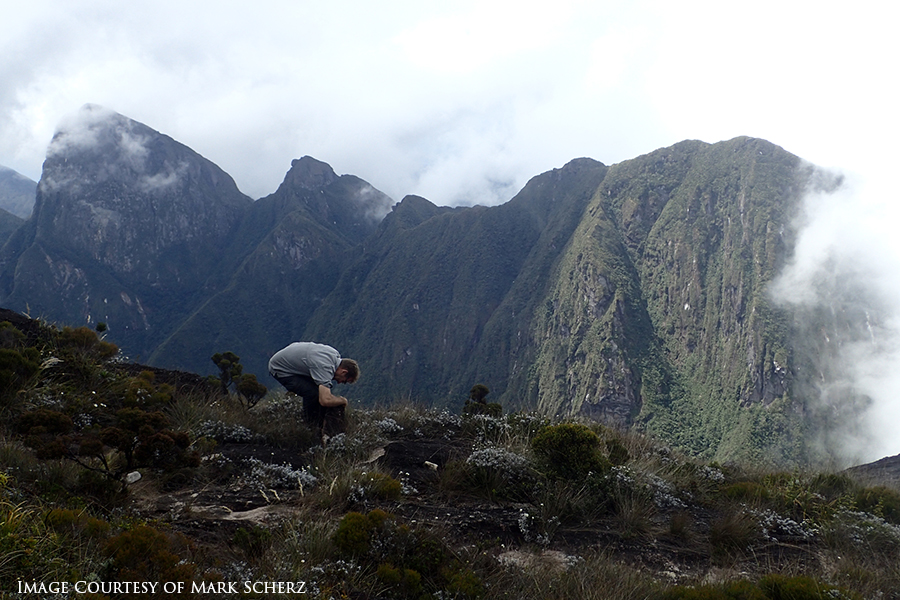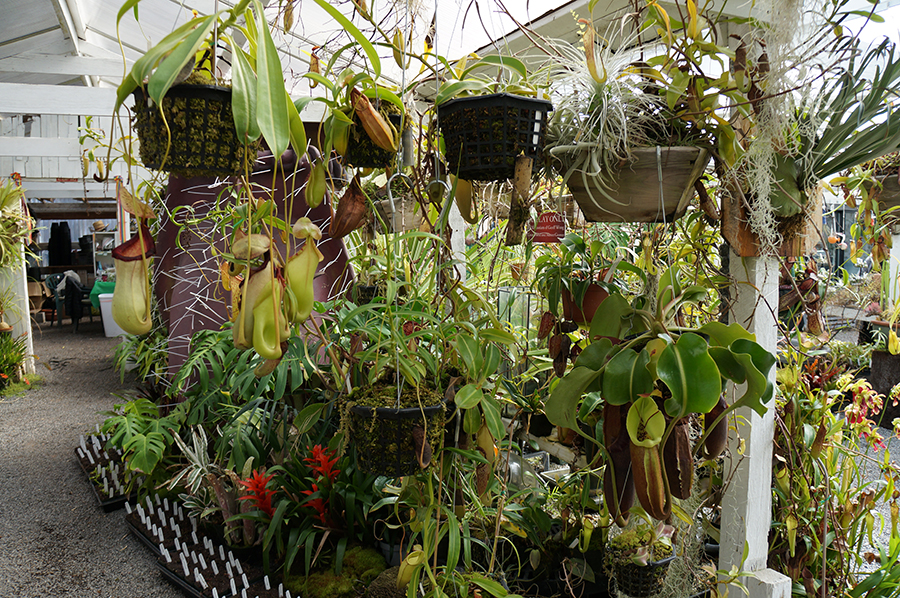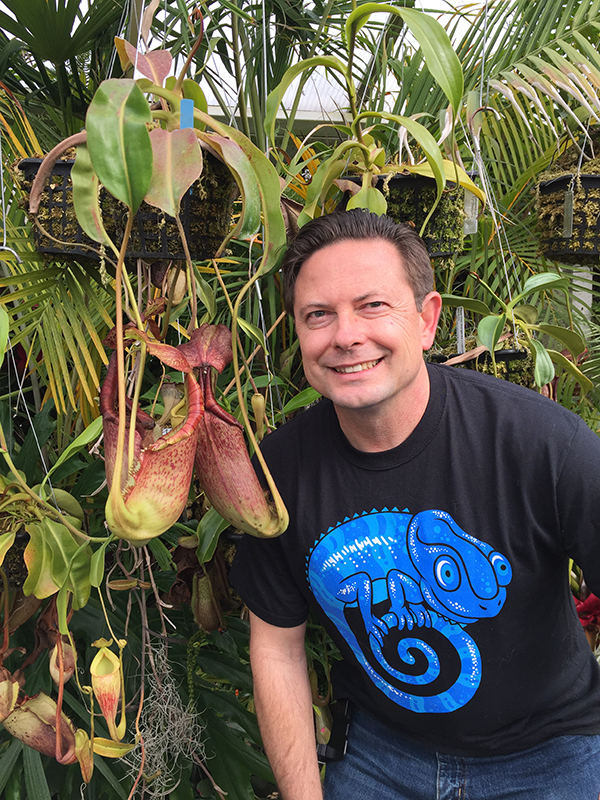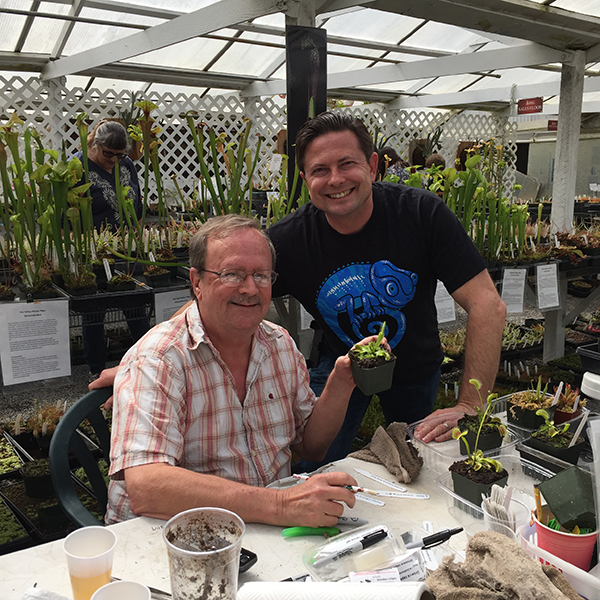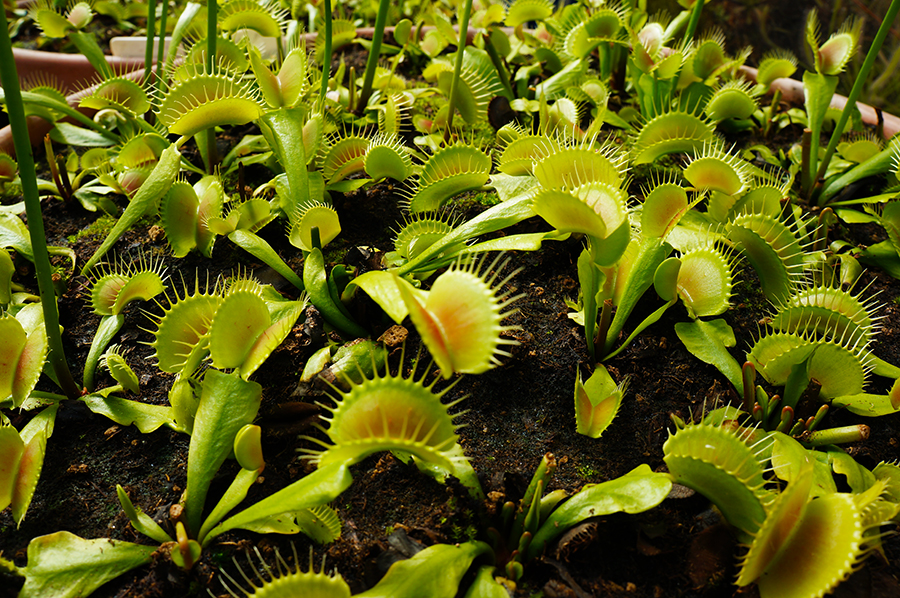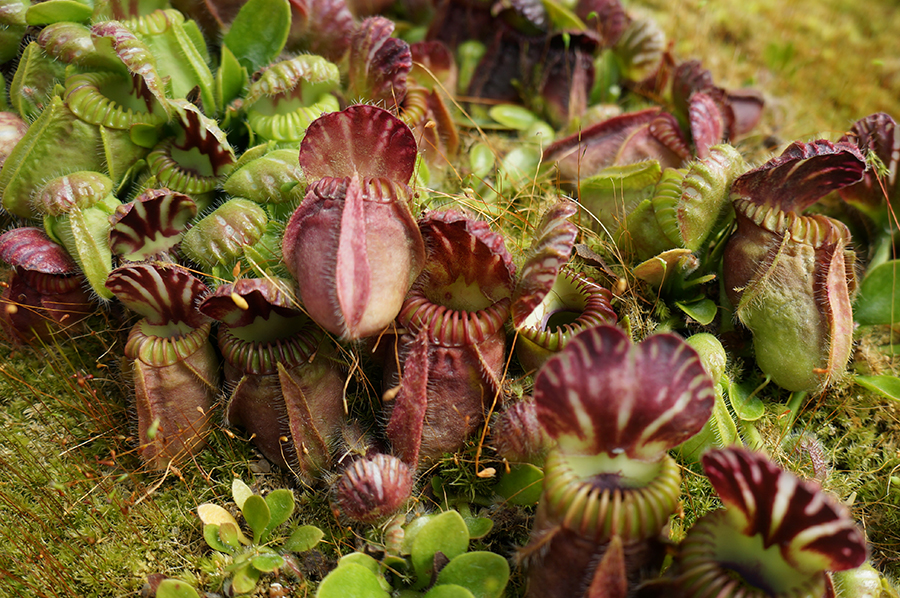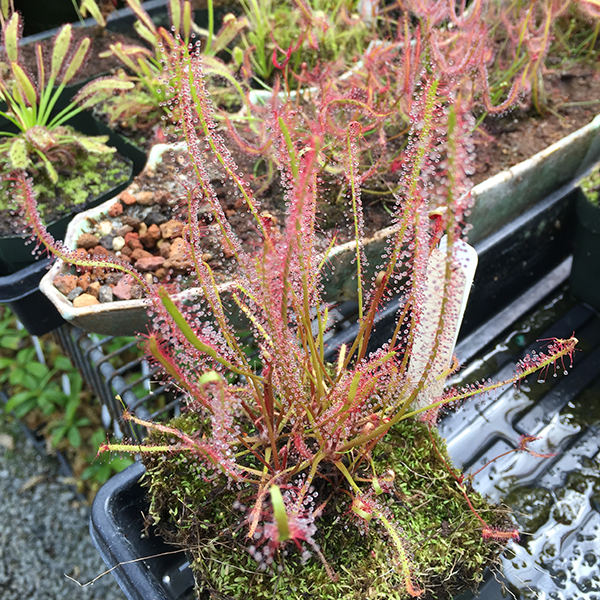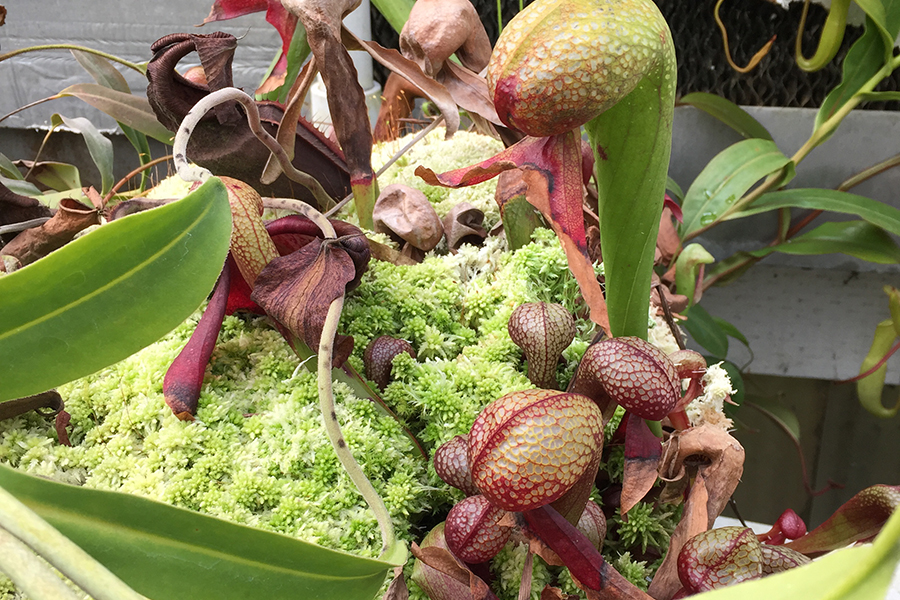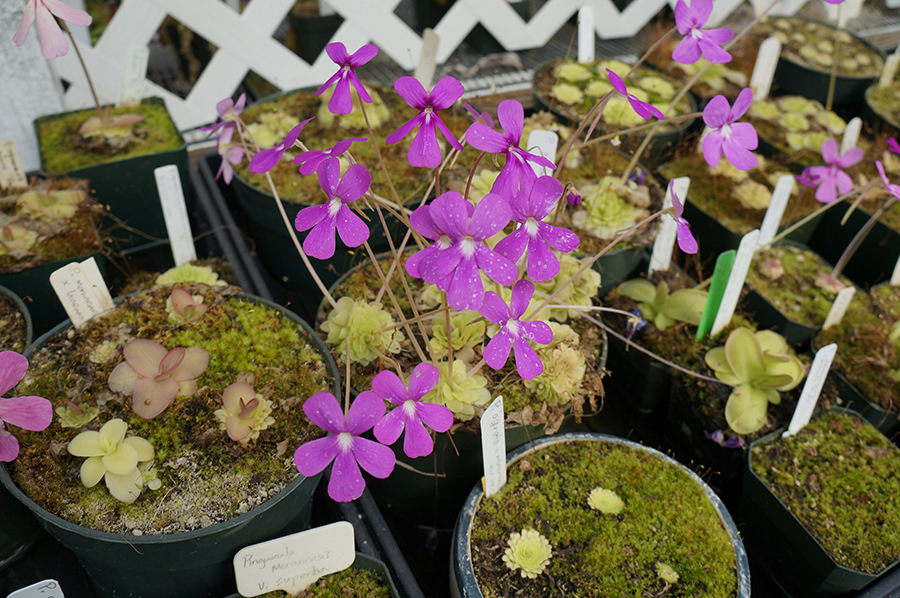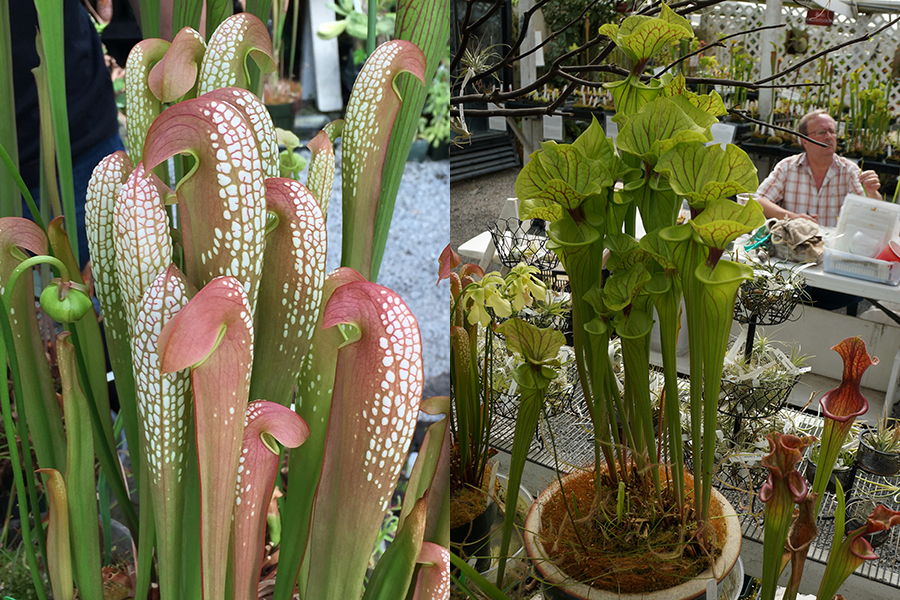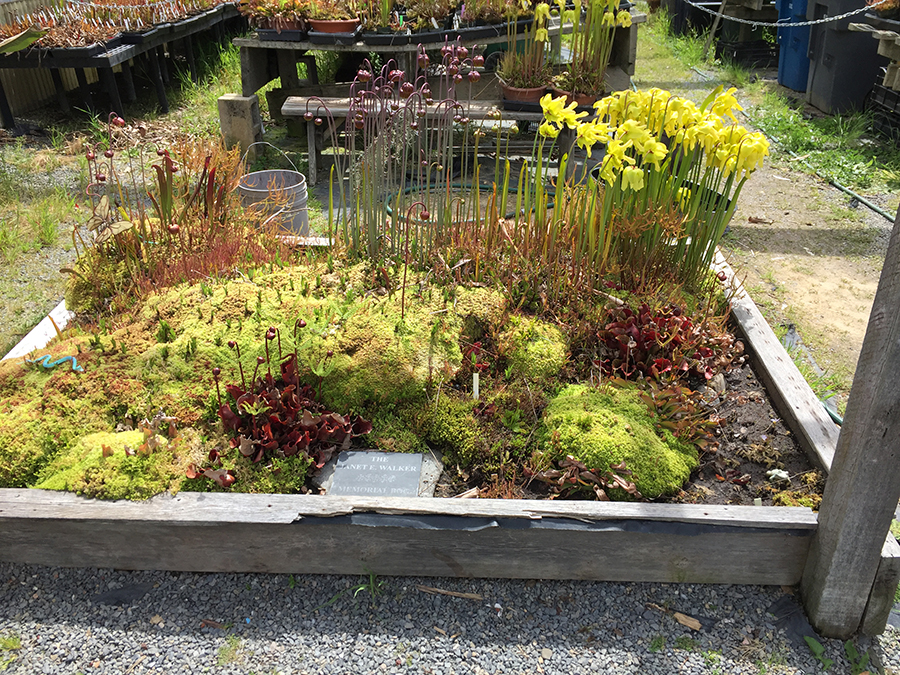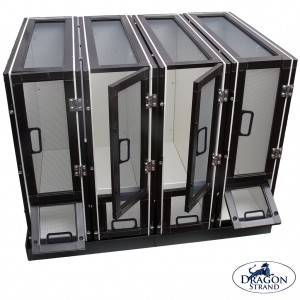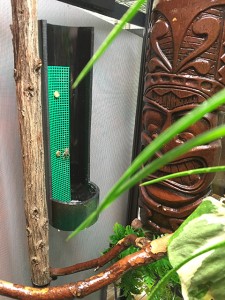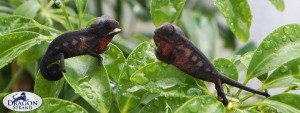Welcome, chameleon wranglers, to a two part series on egg laying and incubation! For these topics I have brought back Carl Cattau for a an interview type discussion. When it comes to a female chameleon successfully laying eggs your job is to provide a sufficient site that meets with your chameleon’s approval. Unfortunately, Their only way of communicating to us is either to lay eggs… or not. I have chosen Carl to join me in this discussion because he is on the forefront of getting rare species to lay eggs and hatch. Getting a species to hatch that has books written about it and Facebook pages dedicated to it is certainly an achievement, but when a species is first imported and we have to figure out how the females think. Or what combination of temperature, moisture, and diapause to incubate at we rely on pioneers like Carl who spend their time at the edges of what we as a community know. And that is one reason why this is a discussion rather than a tutorial. We are talking about a subject where the body of knowledge is scarce and the answers are oh so slowly being coaxed out. This is the exciting stage. This is where the common knowledge of tomorrow is created. It is happening in real time. Let’s listen in as Carl and I discuss laying sites and what it takes to create a space where the female will give us those precious eggs.
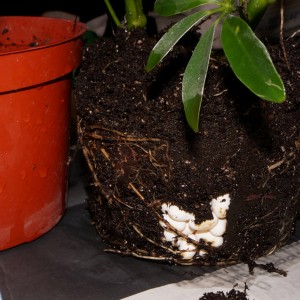
Panther Chameleon eggs laid at the bottom of a potted plant
On the podcast I promised some pictures and here goes!
Carl’s Garbage Can Laying Bin which has hatched out the rarest of the rare:
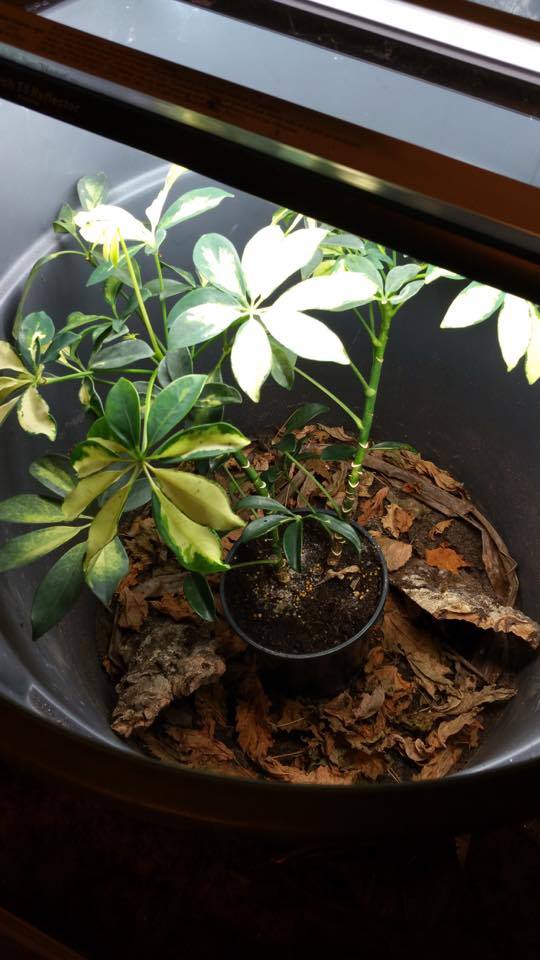
Now, here is another example of a functional (you can work on making it beautiful!) laying bin under a screen cage. That yellow stuff was extra Great Stuff foam I had laying around and made a great way of sealing up the bottom so I do not get escapees. (Once again, functional, but certainly not attractive!). Noticed the raised floor with the legs in saucers of water to block ants from getting in. There is a misting system above the cage (notice the water droplets on the top of the cage) and the drainage was routed to drain into the four saucers to keep the water level high. This worked very well for me to keep out ants. Though I had to clean it out on a regular basis to avoid it becoming a mosquito breeding ground.
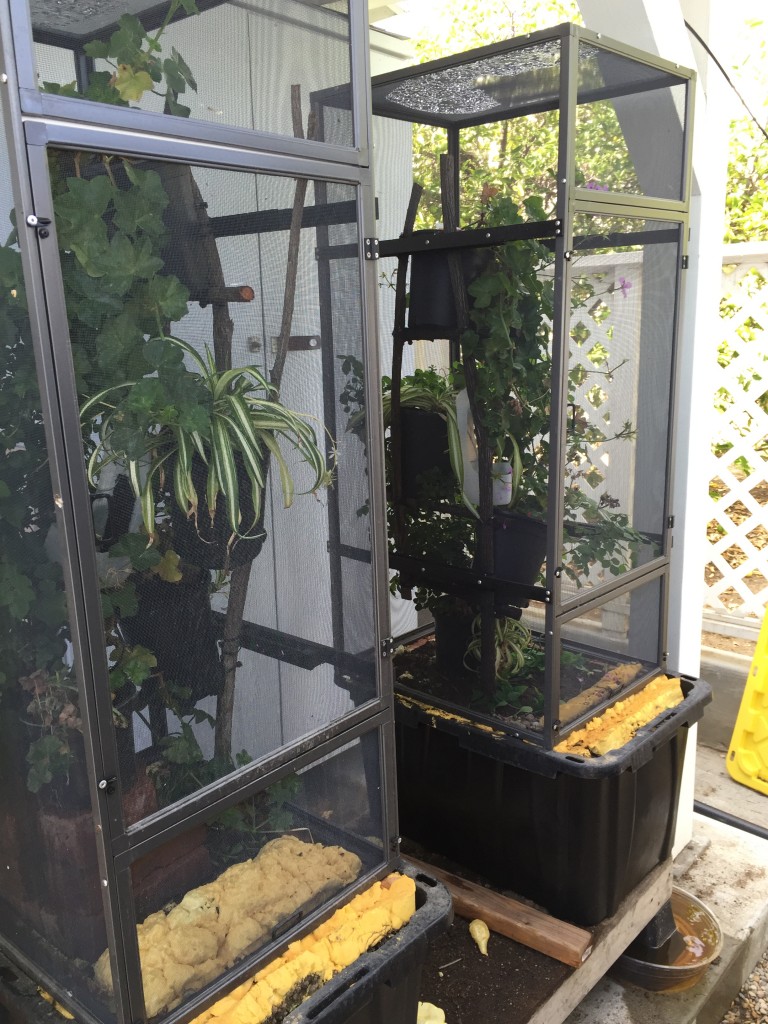
My favorite, though, is this simple-to-make cage and planter box combination! The front panels were removed to make it easy to see the inside. That black shade cloth is to give the female privacy as she explores the dirt floor.
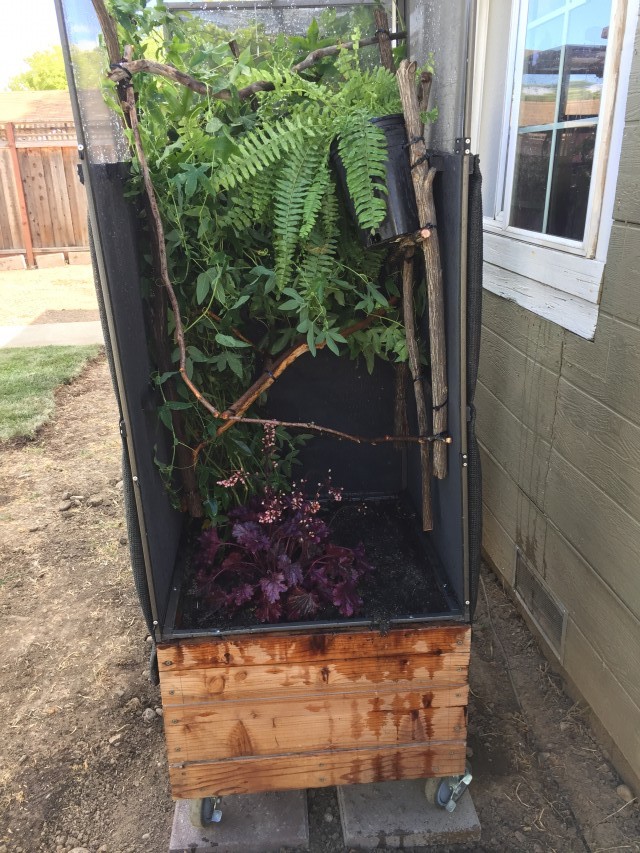
And if you are planning on keeping chameleons outside please listen to Episode 16 of this podcast on outdoor keeping!
https://www.chameleonbreeder.com/podcast/ep-16-outdoor-chameleon-keeping/
And for anyone interested in exploring laying soil. Here are a handful of photos of chameleons laying in large outdoor enclosures with a wide choice of soil densities and topographies. Even though there were soil areas that were specifically formulated to be easy to dig in they chose more difficult to dig areas and did not try to dig deep. All of these successfully laid healthy eggs. What does this mean? These are data points in our quest to figure these creatures out.
